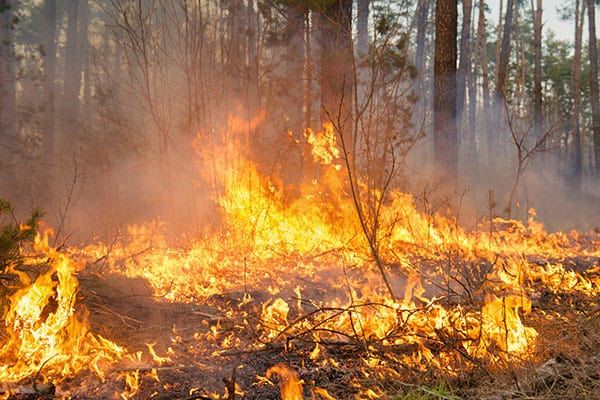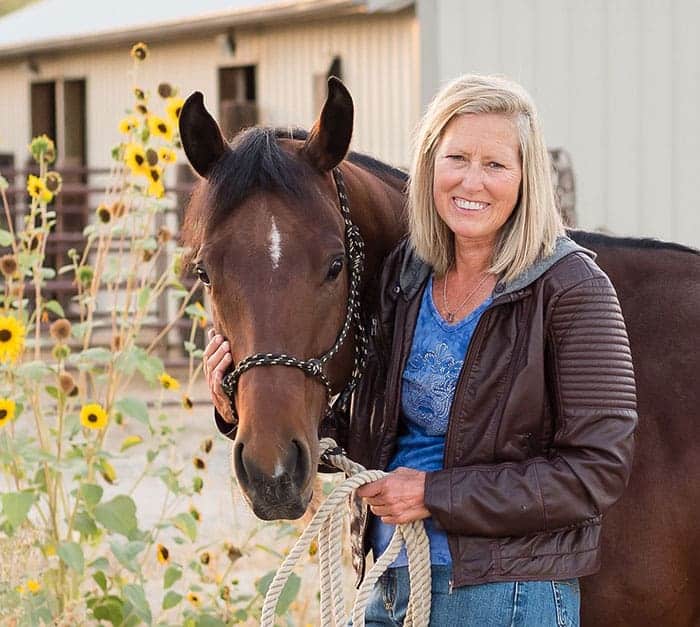Protecting Horse Properties Against Wildfire

Stephanie Johnson is a horse owner and the natural resource advisor for Valley County, located in the west central part of fire-prone Idaho. For the last several years Idaho has endured some of the nation’s largest fires. Like much of the Western United States, fire is part of the natural system there. “We live in a fire adaptive ecosystem,” explains Johnson. “That means it’s not if a major fire is going to happen, it’s when.”
Among Johnson’s various responsibilities is the role of firewise coordinator, meaning she manages all activities related to reducing fire risk and handling local fires on the area’s private lands. This includes facilitating fire response groups, coordinating with landowners and communities that want to pursue a firewise certification, and overseeing hazardous fuel reduction on at-risk lands (e.g., removing brush and flammable vegetation).
“Horse owners are an underserved community,” Johnson says. “There are a large number of horse owners housed in the WUI, and it’s often up to them to figure out how to be better prepared (for wildfire) and manage their own evacuation. Horse owners need to make plans in advance, not just for evacuation but so they lower their (wildfire) risk TheHorse.com is home to thousands of free articles about horse health care. In order to access some of our exclusive free content, you must be signed into TheHorse.com. Already have an account?Create a free account with TheHorse.com to view this content.
Start your free account today!
and continue reading.

Written by:
Alayne Blickle
Related Articles
Stay on top of the most recent Horse Health news with















